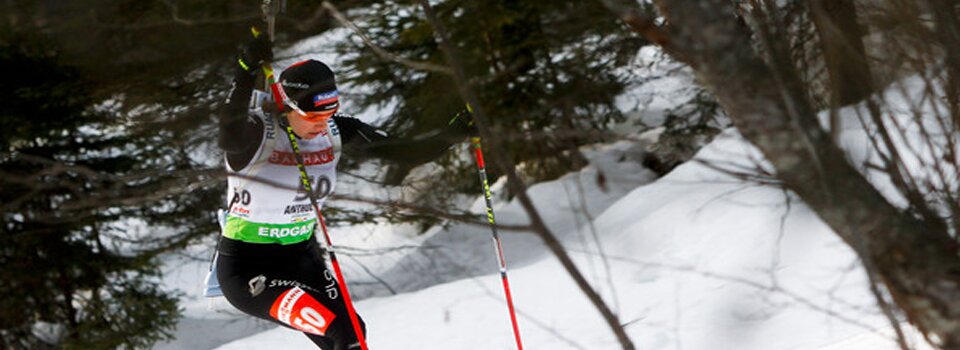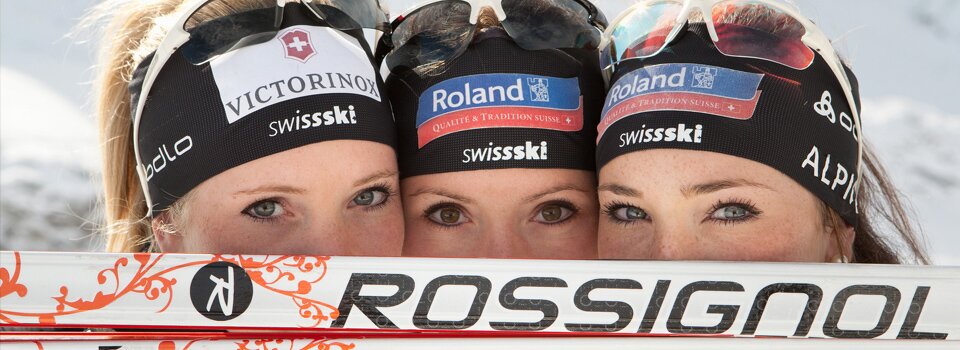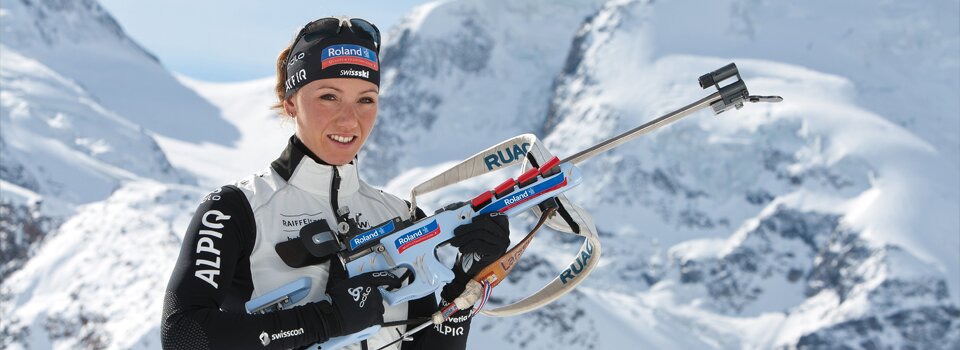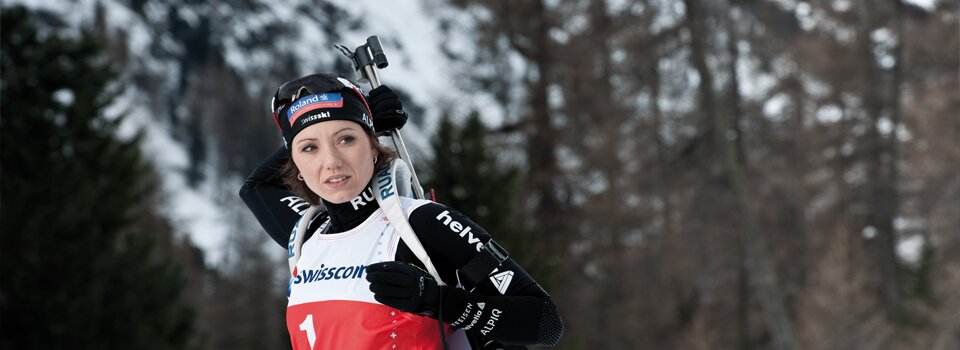Carving Basics: Edge Angle, Pressure, and Timing
When you’re carving on skis, how you set your edge angle, control your pressure, and time your turns make all the difference in your performance. A small adjustment in when and how you shift your weight can shape each turn, helping you stay stable and precise. It’s not just about technique—it’s about understanding the interplay between these elements. If you want sharper and more fluid turns, there's a crucial step you won't want to overlook next.
Understanding Edge Angle and Its Role in Carving
Edge angle refers to the angle formed between the ski and the snow surface, which is crucial for maintaining grip and control during turns. An increased edge angle allows the ski to penetrate deeper into the snow, facilitating more precise carving.
Effective early edging—engaging the ski's edge at the onset of each turn—is important for optimal performance. Advanced skiers typically achieve edge angles exceeding 75% early in their turns, whereas average skiers generally maintain angles around 50%.
To enhance skiing performance, it's beneficial to focus on specific drills that promote a relaxed stance and help extend the outside leg, thereby improving edge engagement and refining carving techniques.
The Importance of Early Weight Transfer
Effective carving in skiing is significantly influenced by the ability to shift weight early in the turn. Early weight transfer is essential for achieving a high edge angle. Research indicates that skilled skiers typically achieve a weight transfer score exceeding 75%, while average skiers fall within the range of 40-50%.
To optimize this skill, skiers should initiate the weight transfer at the apex of their previous turn. This timing allows for a smoother transition into the next edge, akin to visualizing the apex as a gateway that facilitates timely movement.
Incorporating specific drills that focus on maintaining softness in the legs and allowing the outside leg to collapse can enhance early weight transfer capabilities.
These practices can contribute to improved carving performance by promoting better balance and control throughout the turn.
Mastering Early Edging Techniques
Mastering early edging techniques is closely linked to effective weight transfer, which is fundamental for improving carving skills. Effective edge engagement should begin at the initiation of each turn, ideally achieving a steeper edge angle of approximately 75%. This is significantly higher than the average 50% edge angle typically employed by most skiers.
To enhance this skill, practitioners can engage in specific drills that encourage the body to lower while the opposite leg moves forward, facilitating a smooth transition between turns.
It's important for the outside leg to remain soft and flexible during this process, as utilizing gravity effectively can aid in maintaining balance and control.
Moreover, visualizing the apex of the previous turn can serve as a mental cue to initiate the transition. Employing patience is also vital, as it allows for more accurate and timely early edging, leading to improved overall performance in carving techniques.
These strategies can provide a structured approach to refining early edging capabilities in skiing.
Applying and Managing Pressure Through the Turn
Managing pressure effectively while skiing through turns is crucial for maintaining balance and achieving optimal edge engagement. The process of pressure management begins at the apex of the turn; initiating pressure here allows for better control over the skis and enhances grip on the snow surface during the transition between turns.
Research indicates that advanced skiers are capable of managing pressure approximately 75% of the time throughout their turns, in contrast to average skiers who manage pressure around 40-50% of the time. This difference underscores the importance of pressure application in skiing performance.
It is also vital to avoid rushing the pressure application process. Delaying pressure can lead to diminished edge control and overall stability during the turn. Skiers are advised to maintain a balanced stance and remain adaptable, making use of leg flexion as necessary to facilitate precise pressure management throughout the turn.
Effective Drills to Enhance Carving Performance
To enhance carving performance, engaging in targeted drills can significantly improve edge control and pressure management.
One effective drill involves early weight transfer, where the skier shifts their weight at the apex of the preceding turn. This method emphasizes the importance of a smooth transition, akin to passing through a gate.
Additionally, early edging exercises are crucial; skiers should aim to engage the edge within the initial 20% of the turn while ensuring proper alignment of the upper body.
Leg softness drills also play a vital role, focusing on the relaxation and lengthening of the outside leg. This approach allows gravity to facilitate movement, resulting in better body positioning and balance.
Strategies for Achieving Smooth and Flowing Transitions
Fluidity is a defining characteristic of high-level carving, and the ability to master transitions between turns is a distinguishing factor for advanced skiers. Effective transitions begin with early weight transfer, with an ideal target of around 75% at the apex of the turn, which is notably higher than the more common average range of 40-50%.
It's important to soften the legs and allow the outside leg to collapse upon completing each turn, which facilitates a smoother weight shift.
Initiating edging early, specifically within the first 20% of the turn, is also crucial; elite skiers typically manage a 75% increase in edge angle at this point.
Visualizing the apex of each turn as a transition marker can assist in maintaining the appropriate focus, while letting gravity assist in the movement can enhance efficiency.
Consistent practice in refining aspects such as patience, positioning, and timing is necessary for achieving seamless releases and effective edge engagement throughout the skiing experience.
Conclusion
Mastering carving starts with dialing in your edge angle, timing, and pressure management. When you focus on creating that strong edge angle—around 75%—and transfer your weight early, you'll set yourself up for smooth, balanced turns. Practice early edging techniques and pressure control with specific drills to sharpen your skills. Stick with these fundamentals, and you’ll carve more precise, controlled turns, making every run down the mountain smoother and more exhilarating. Now, hit those slopes and start carving!







